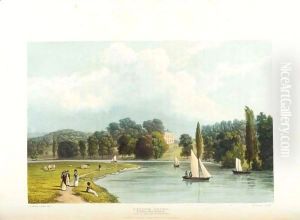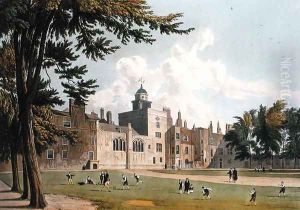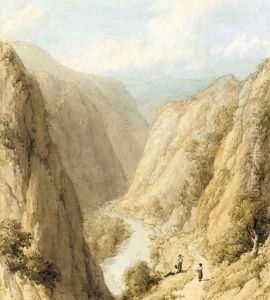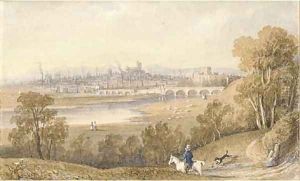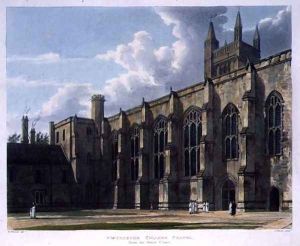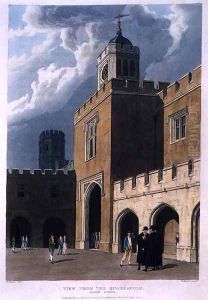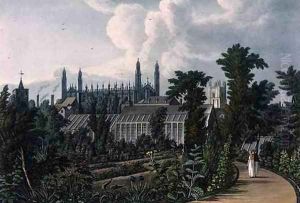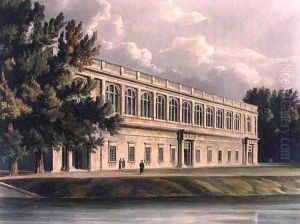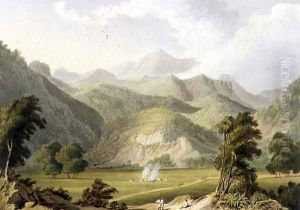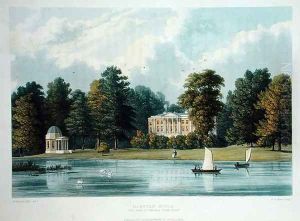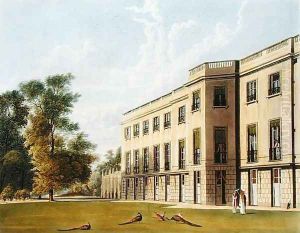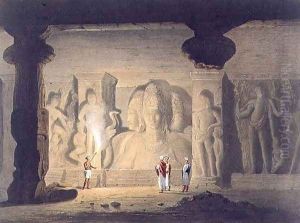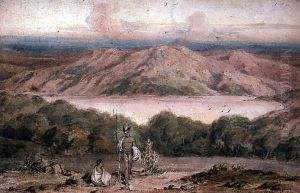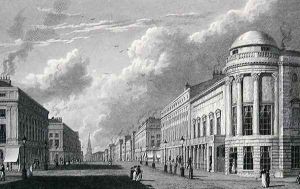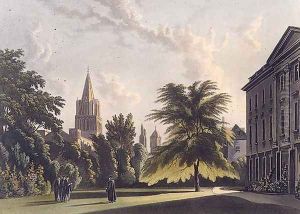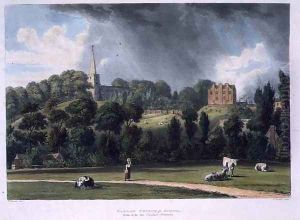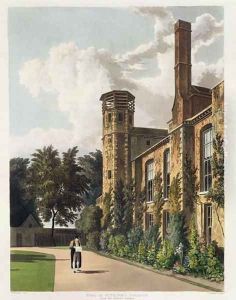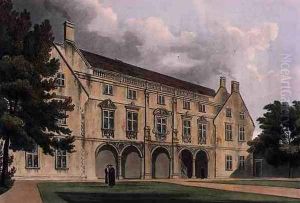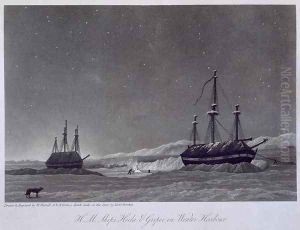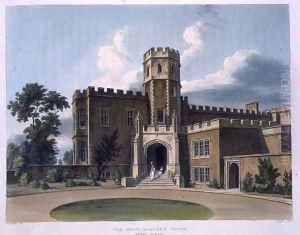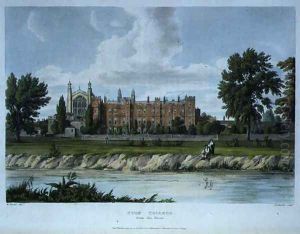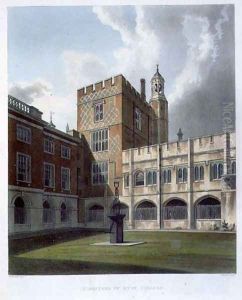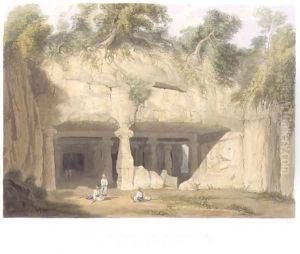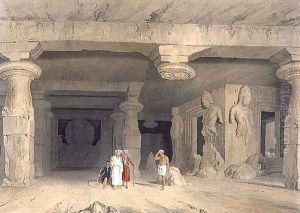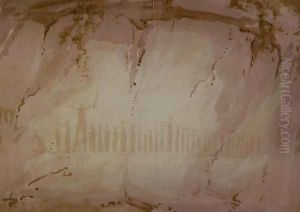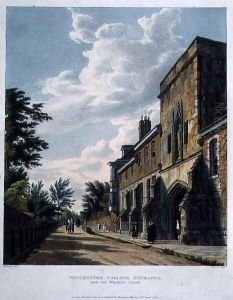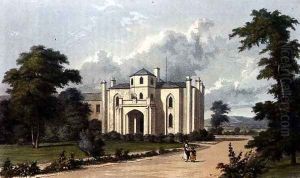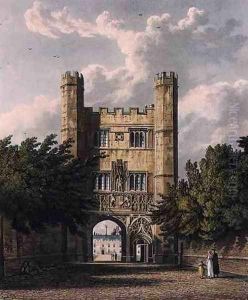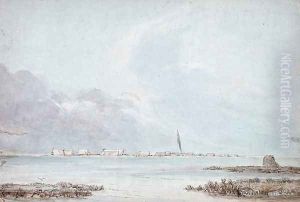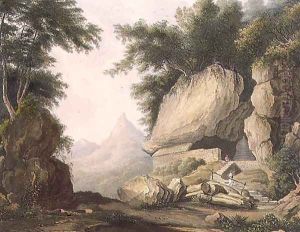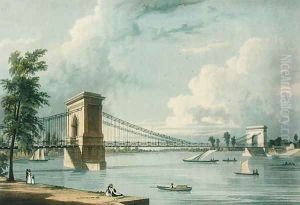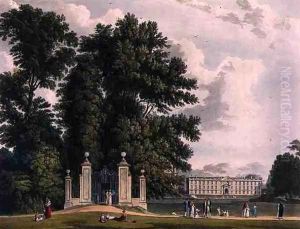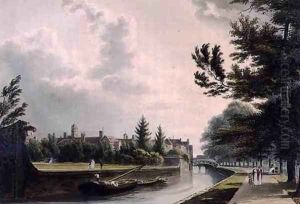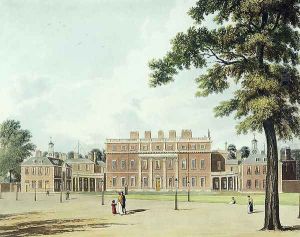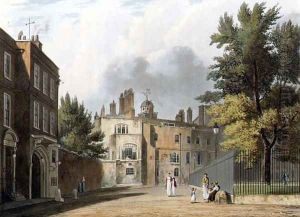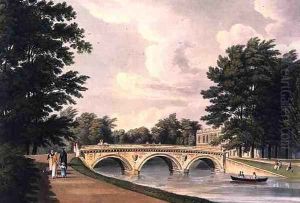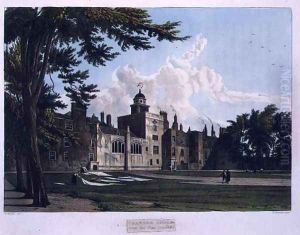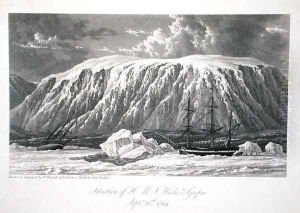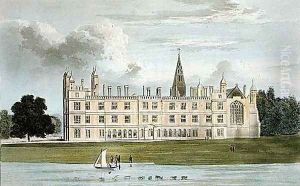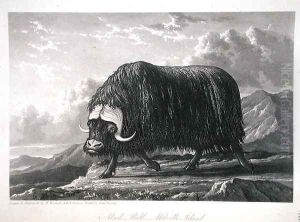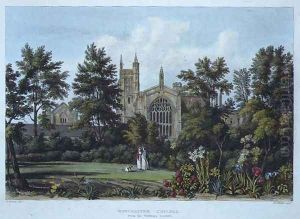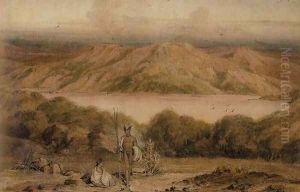William Westall Paintings
William Westall was an English painter and illustrator known for his landscapes and illustrations of natural history, especially during his voyages with explorers. Born on October 12, 1781, in Hertford, England, Westall showed artistic talent at an early age. He studied at the Royal Academy Schools in London, where he honed his skills in landscape painting and drawing.
In 1801, at the young age of 19, Westall was appointed as a landscape artist aboard the ship Investigator, commanded by Captain Matthew Flinders. This was an important expedition, which aimed to chart the coastline of Australia, then known as New Holland. This journey provided Westall with the opportunity to document exotic landscapes, flora, and fauna, which were of great interest to European audiences at the time. His works from this period contributed significantly to the visual record of Australia and were instrumental in shaping perceptions of the continent's natural beauty.
After returning to England in 1805, Westall continued to work as an artist. He produced a series of engravings and watercolors based on his Australian sketches, which were well received and enhanced his reputation. Throughout his career, he worked on a variety of projects, including book illustrations and landscape paintings. He was a prolific artist, although his work was sometimes criticized for lacking the emotional depth and rigor of some of his contemporaries. Despite this, he enjoyed moderate success and was able to establish himself as a professional artist.
Westall also traveled to other parts of the world, including China, where he captured scenes that intrigued Western audiences. His travel experiences and the artwork that resulted from them can be seen as precursors to the travel and exploration genres that would become popular in the 19th century, making him an important figure in the history of landscape art and illustration.
William Westall died on January 22, 1850, in London, England. His legacy lives on through his contributions to the visual documentation of early 19th-century exploration, as well as through his landscape paintings that captured the imagination of the British public. His works are held in various collections around the world and continue to be appreciated for their historical value and artistic merit.
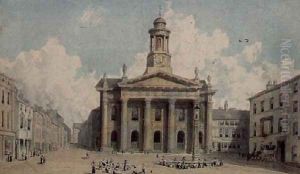
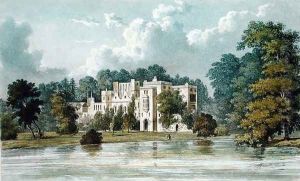
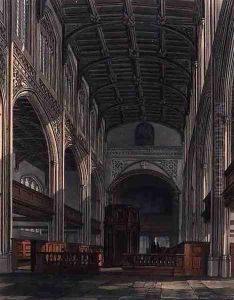
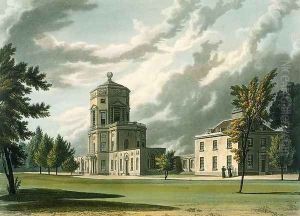
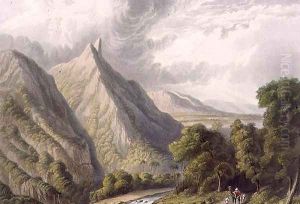
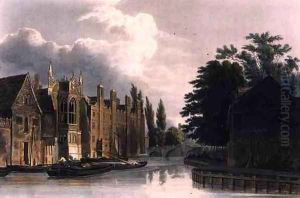
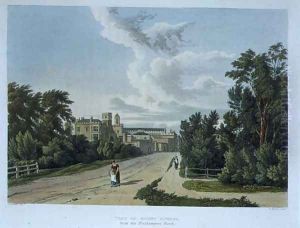
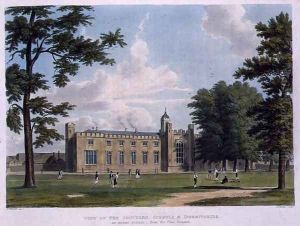

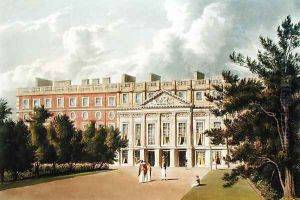
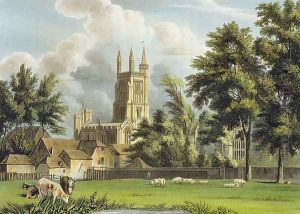
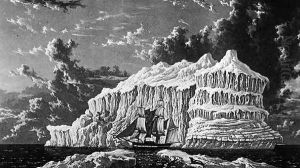
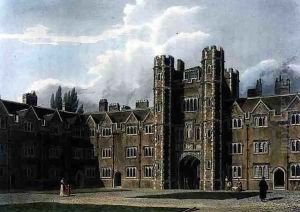
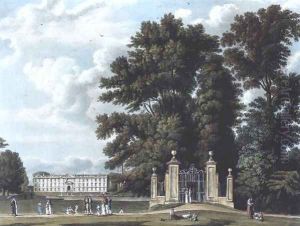
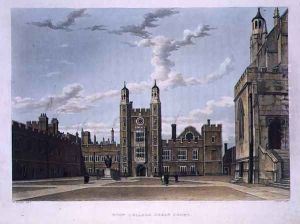
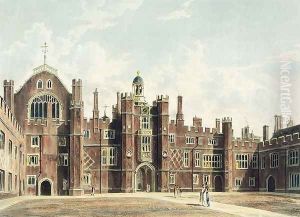
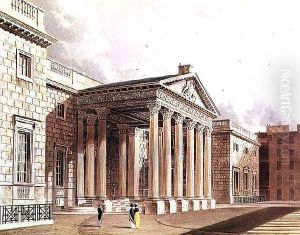
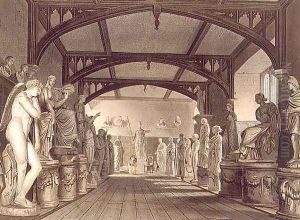
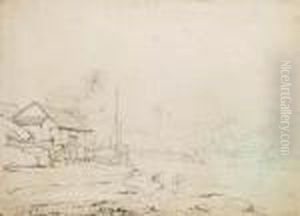
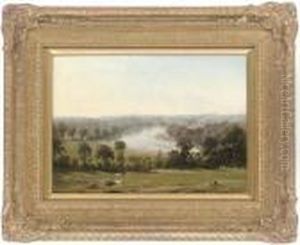
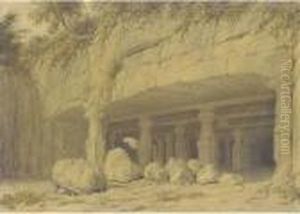
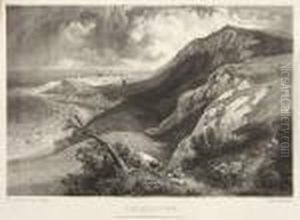
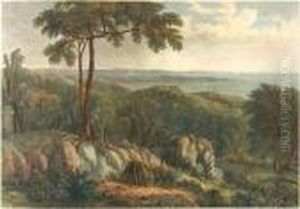
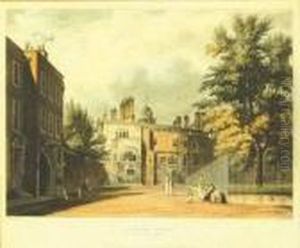
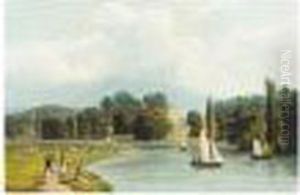
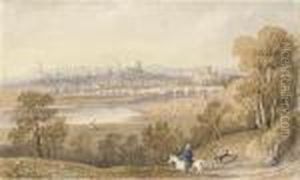
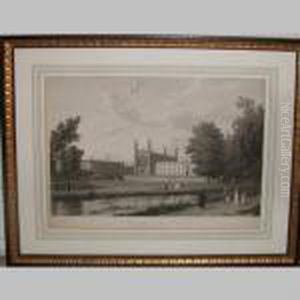
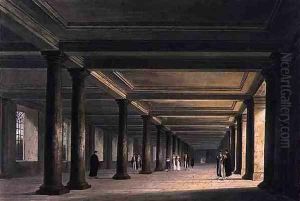
![[views Of Raspoontana]](https://www.niceartgallery.com/imgs/1693499/s/william-westall-views-of-raspoontana-99b0f024.jpg)

